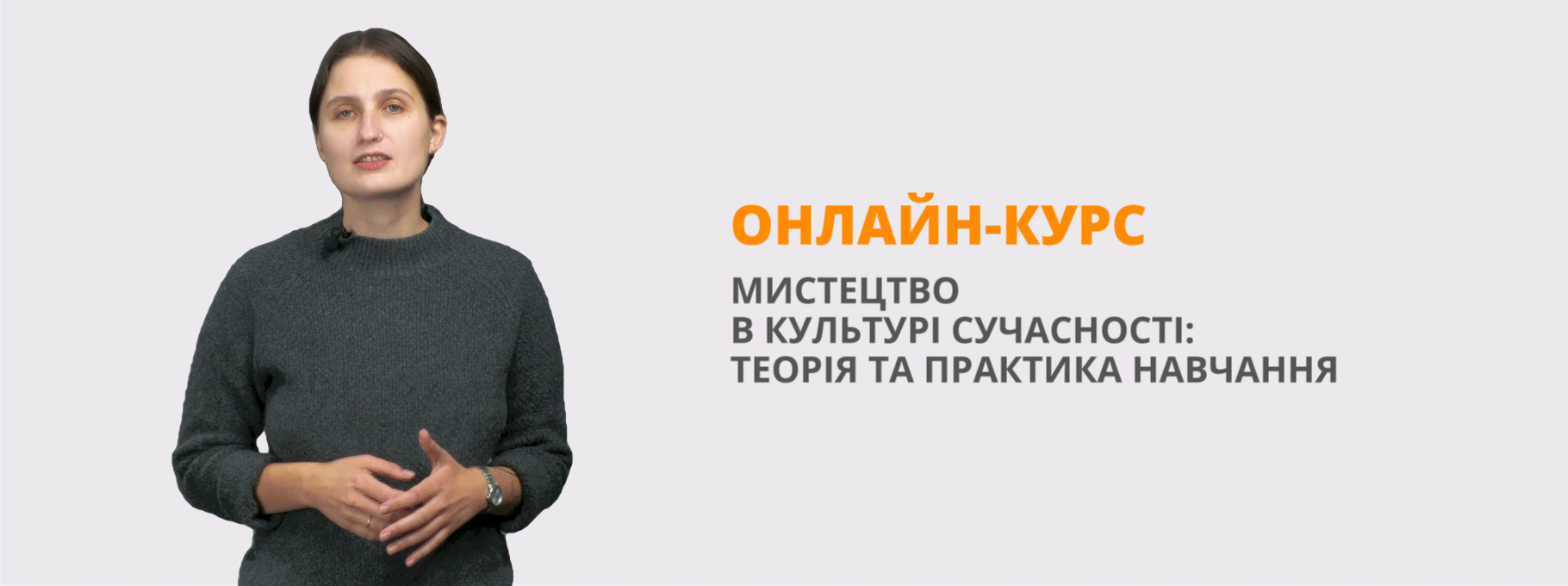Конспект уроку для 9 класу з теми "Магія природи" (урок 5)
До вашої уваги пропоную п'ятий урок у циклі уроків до теми "Magic Nature" підручника Алли Несвіт. В уроці вміщено цікаві завдання та малюнки для розвитку критичного мислення у дітей.
Урок 5
Тема: Магія природи
Підтема: Національні парки Великобританії
Тип уроку: урок практичного використання умінь і навичок іншомовної
комунікативної компетентності
Мета: вдосконалювати навички вживання нових лексичних одиниць, розвивати та відпрацьовувати навичок усного мовлення, відпрацювання навичок граматики, розвивати слухову і зорову пам’ять учнів, критичне мислення, уяву та увагу, знайомити учнів з історичними та країнознавчими відомостями про Великобританію; з охороною навколишнього середовища шляхом створення національних парків у різних країнах світу, виховувати зацікавленість у розширенні своїх знань.
Очікувані результати: на кінець уроку учні зможуть вільно використовувати підрядні речення (defining, non-defining clause), володітимуть лексикою з теми, застосовуватимуть її в реченнях, в монологічному та діалогічному мовленні, володітимуть історичними та краєзнавчими відомостями про національний парк Великобританії.
Обладнання: підручник для 9 класу А.Несвіт, картки для роботи в парах, групах, мультимедійний проектор, комп’ютер, мапа Великобританії, заготовка на дошці тексту для перевірки засвоєння лексичного матеріалу..
ХІД УРОКУ
І. Підготовка до сприйняття іншомовного мовлення
Greeting. T: Good morning, students. I am very glad to see you. Sit down, please. I hope you are ready now and we can start working. How are you today?
Aim: T: As you remember we have already read and spoken about British National Parks at previous lessons. You had some home tasks on this topic as well. We continue our discussion today. Also we are going to find out what people can do having a rest in the National Parks.
Warming up: T: Dear students, look at the map of the UK and tick the picture of the National Park to the proper place.
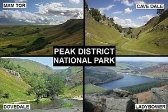
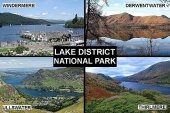
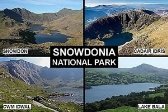
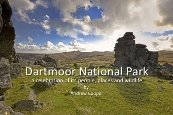
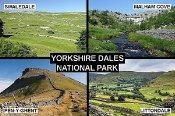
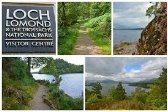
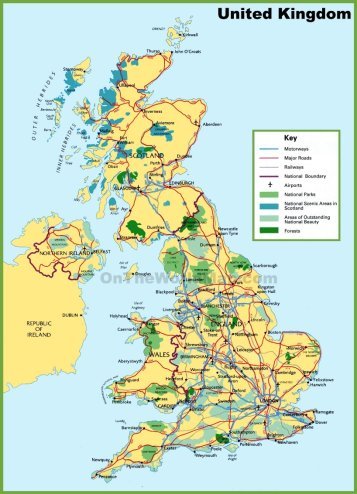
II. Основна частина уроку
- Checking homework. Teacher checks the students` homework. Students present their articles about different National Parks.
2. Pre-reading. T: Thank you for your great articles. And now let`s read more detailed about one of the National Parks of the UK Snowdonia. Do ex.4, p.52-53. Look through the text “Snowdonia National Park” Four paragraphs have been removed from the articles. Choose from the paragraphs (A-D) the one which fits each gap (1-4) There is an example (0) at the beginning. But before, let`s read and translate unknown words in the text.
Inspiring – натхненний;
Steep – крутий;
Gorges – вузький прохід;
Acre – акр (1 акр = 0,4 га)
Burial chambers – поховальна камера (місце із каменю для поховань);
Slate quarries – сланцевий кар`єр;
Coniferous forestry – хвойний лісний масив;
3. Reading: T: Now let`s read the text in chain on page 53.
4. After-reading: T: Dear students we have read the text and now let`s do the ex.5, p.54. Say if the statements are true or false.
T: Put the questions in the correct order to make a plan and answer them.
What territory does the park cover?
What does the landscape of the National Park include?
Where is tourism developing in Snowdonia nowadays?
When was the Snowdonia National Park established?
How many National Nature Reserves are there in Snowdonia?
How are the lands of the National Park used nowadays?
How many lakes are there in Snowdonia?
What historical sights are situated on the territory of the National Park?
5. Vocabulary practice/Speaking: T: Look at the pictures of exercise 6. I’m sure you are very active people so you must know names of all these activities. Let’s read these words (following teacher’s reading all group together).
Walking
Cycling
Water sports
Horse riding
Climbing
Fishing
Air trip
Wild life watching
ballooning
T: make up word-expressions using mind-map (written on a board beforehand)



T: Talk about the activities people can do when they are having a rest in the National Park.
6. Listening: T: Now, I want you to listen to the children talking about their weekend in the Snowdonia National Park. Write what activities have been mentioned in their stories. Do ex.7, p.55
|
Activities |
Mary |
Theodore |
Patrick |
|
Walking |
|
|
|
|
Cycling |
|
|
|
|
Water sports |
|
|
|
|
Horse riding |
|
|
|
|
Climbing |
|
|
|
|
Air trip |
|
|
|
|
Wild life watching |
|
|
|
7. Writing: T: On the previous lessons, we were talking about Defining and Non-defining Relative Clause. Do the ex. 8, p.55. Choose the correct item to complete the sentences: which or where, that or what.
III. Заключна частина уроку
1. Summarizing: T: Our lesson is almost come to the end and we have done a lot of work today.
Did you like the places we have visited?
What did you like most of all?
What is a national park?
What would you see and do if you visited one of National Parks?
Where can you use the information you’ve got at this lesson?
2. Homework: T: your homework for today will be to do ex.10, p.56 (describe one of the photos given below in a written form)
ДОДАТКИ
Cards for the individual work
1. Fill in the table
|
Name of a national park |
Date of its foundation |
Location |
What is it famous for? |
|
The Broads |
|
|
|
|
Exmoor |
|
|
|
|
North York Moors |
|
|
|
|
Snowdonia |
|
|
|
Then answer these questions:
When was …park founded?
Where is … situated?
What is … famous for?
2. Unscramble the words.
1. loboannling -
2. gmcibnli –
3. lgnwiak –
4. rai pirt –
5. sowtpsraetr –
6. erhso iignrd –
7. yginccl –
8. hsfigni -
3. Read the text and then choose from the list A-J the best phrase to fill each gap 1-8. Two of the suggested answers do not fit at all.
One of the world’s most studied monuments is the Sphinx, 1) ……. the Great Pyramid, sixteen kilometers from Cairo in Egypt. Carved in ancient times out of a single piece of limestone over sixty metres long and twenty metres high, it weighs hundreds of tons. This extraordinary monument consists solely of the head of a man and the body of a crouching lion, a combination 2) …….. strength and wisdom. Over the years, some of its facial features have sustained damage.
The smile, 3) ……. mysterious, is in fact the result of erosion rather than design, and the nose, which has long since been broken away, was probably the unfortunate victim of invading soldiers’ target practice. At one time there was a serpent on its forehead and a royal beard, a fragment 4) ……. in a museum.
But who built this monument 5) ……. guarding significant places, is not part of a pair but stands alone? Most Egyptologists agree that it was built by Pharaoh Khafre 5,000 years ago. However, some recent commentators have speculated that it belonged to a much older civilization, 6) ……. a legendary flood 7) ……. everything in the world over 7,000 years ago. They have tried to demonstrate that the weathering of the Sphinx was caused by water rather than wind and sand, and one has even suggested 8) ……. on a much older site about 12,500 years ago. Whatever its origins there is no doubt that to the Egyptians, the Sphinx represents the very essence of their country’s magnificent culture.
A. which suggests
B. of which exists
C. which disappeared in
D. that it might have been built
E. which is located close to
F. that is supposed to have destroyed
G. which some people describe
H. which, unlike most of the others
I. that it fits in
J. that was clearly known
KEY
1. E
2. A
3. G
4. B
5. H
6. C
7. F
8. D

про публікацію авторської розробки
Додати розробку
